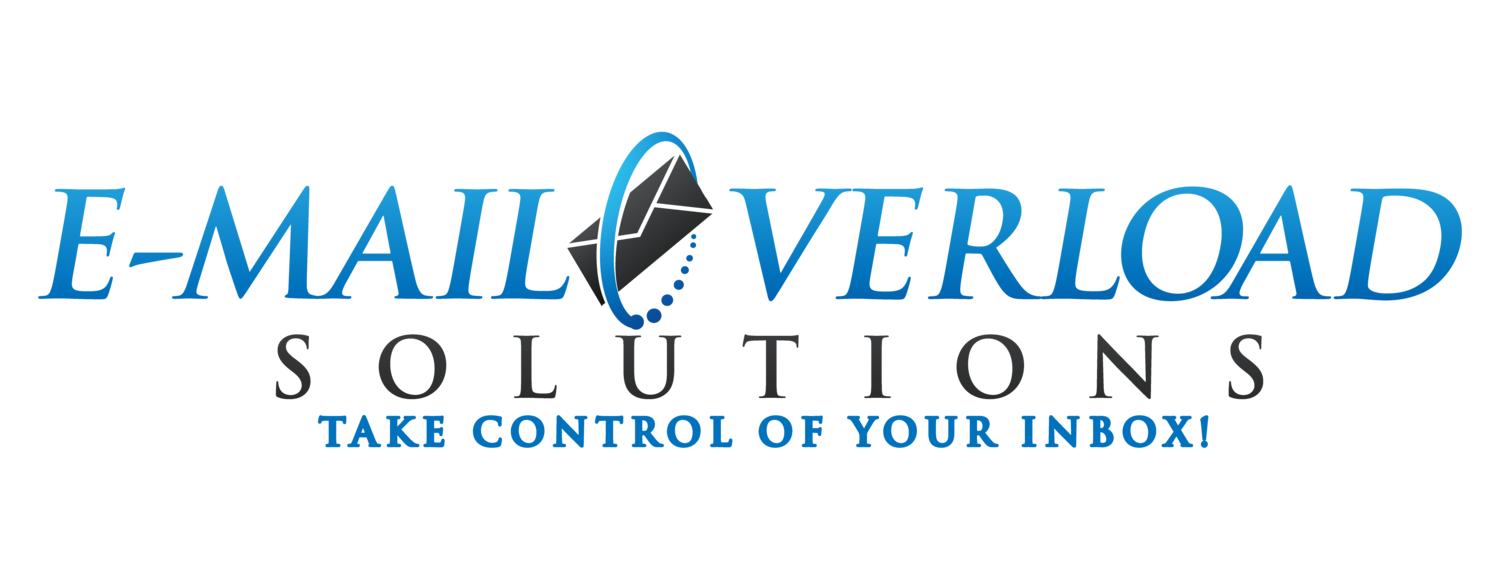Organizational Email Tips
Top 10 Organizational Email Tips to Reduce your Email Overload
Organizational approaches to reducing Email overload incorporate the use of corporate guidelines and cultural norms as a way reduce Email overload.
These Organizational Email Tips and approaches are also referred to as Email etiquette or netiquette, and focus on teaching people to "use Email more appropriately".
- Eliminate the inappropriate use of “CC” and “Reply All”.
- Construct clear, concise, and relevant subject lines that summarize the issue, and its urgency. And make sure to update subject lines of messages you receive if they are unclear or if the issue has changed since the original message.
- Make messages bodies short, organized, and action-oriented. Use a short paragraph of the key issue and then bulleted action items.
- Ensure each and every person receiving the message understands what, if any, action is specifically required of them, and when it is due.
- Ensure messages are grammatically and syntactically correct. (Please use the spell-checker!).
- Ensure business messages avoid the use of non-standard fonts, distracting backgrounds, or dancing-smiley-faced emoticons (these are acceptable for your personal e-mails, although they often make then difficult to read or print).
- Carefully moderate language and tone and keep messages cordial and professional. Even mild sarcasm can be misinterpreted, especially if dealing with those in other countries or cultures.
- Avoid sending out inappropriate content, humor, or jokes in business communications– they are bound to get forwarded and end-up offending someone regardless of your harmless intent.
- Break up a single Email into multiple, targeted and focused e-mails if appropriate. This makes sense if there are very different actions required of very different recipients. Ensure you update the message subject accordingly.
- Schedule a meeting or a conference call once an Email has had more than a certain number of back-forths (iterations), such as six times, since at that point, Email is no longer an effective tool for communication.
These Organizational approaches are an important component to helping to manage Email use within the organization. They set a common set of values, expectations, and behaviors around the use of e-mail, reducing the Email overload burden for everyone.







